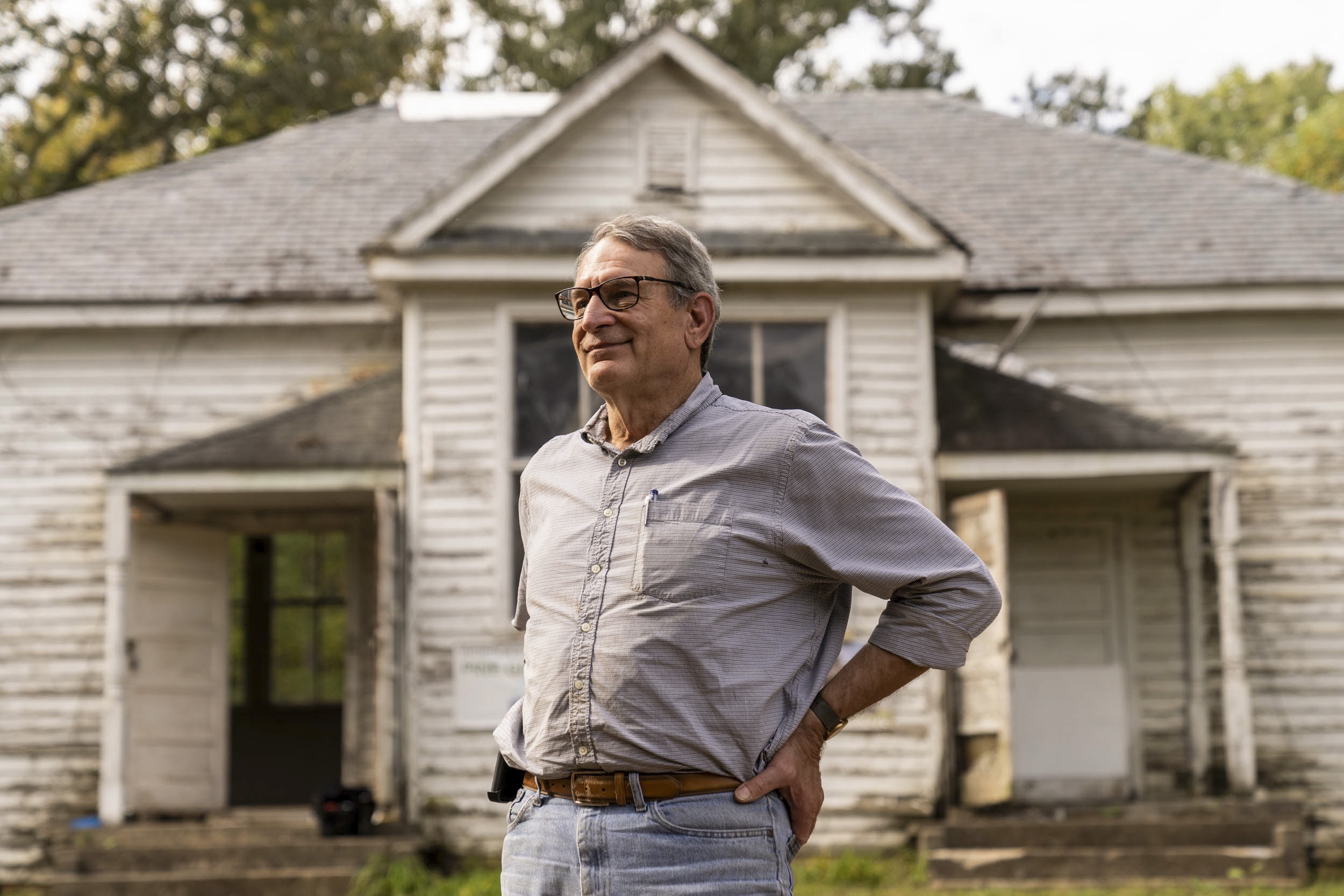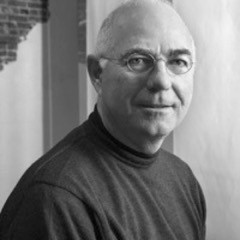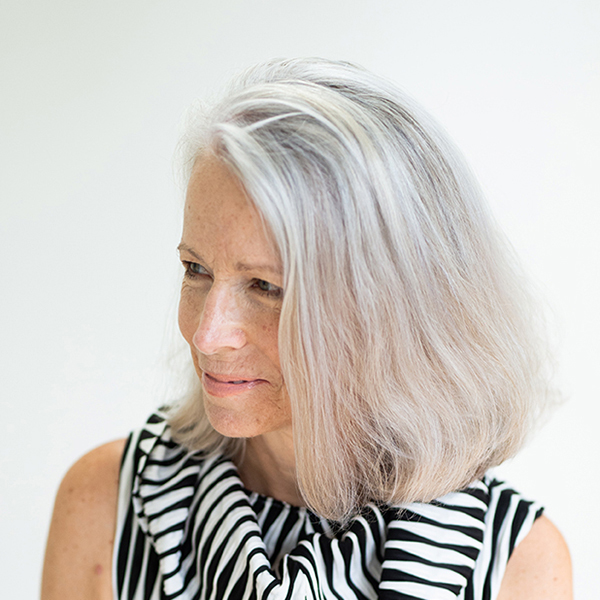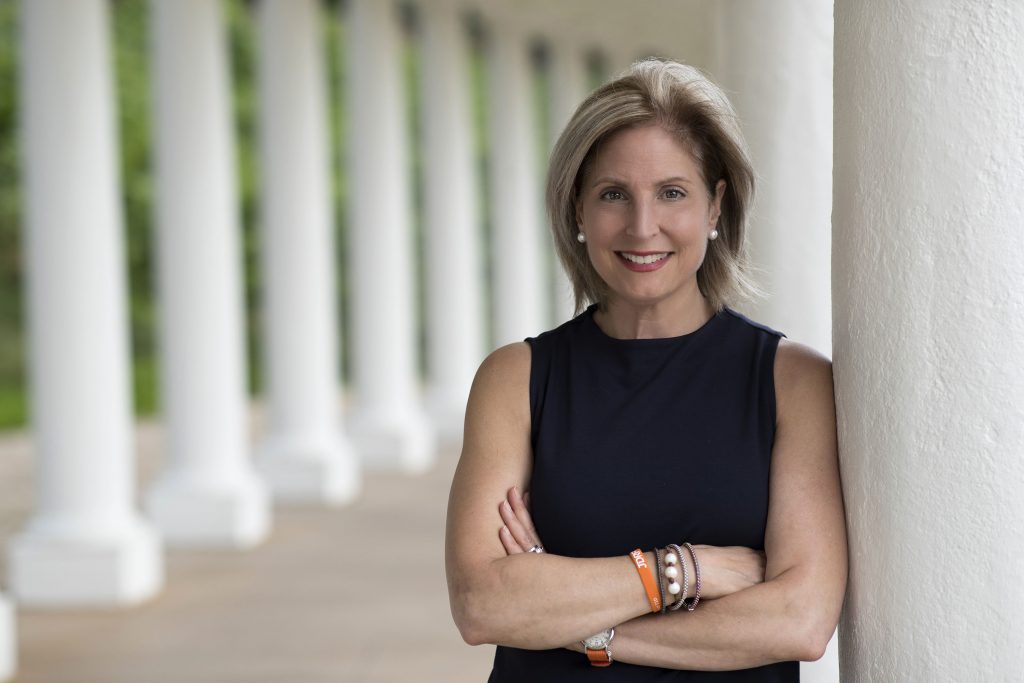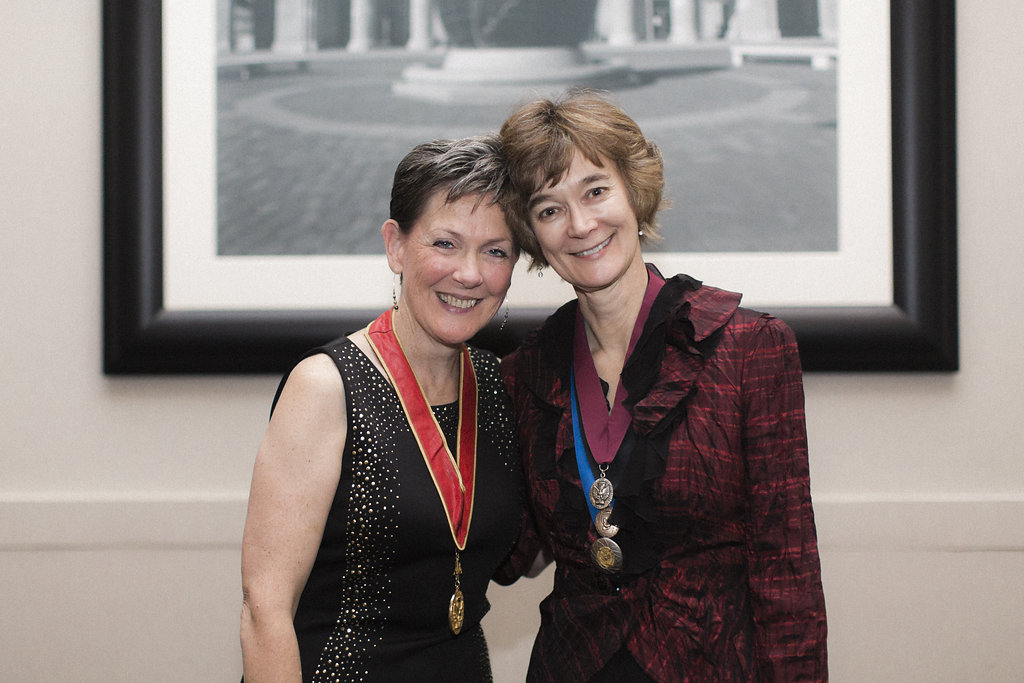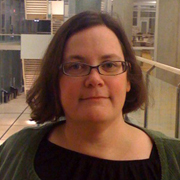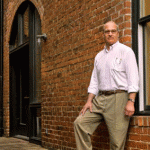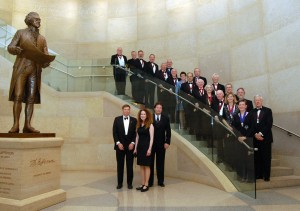I’ve wanted to be an architect ever since roaming the houses under construction in my growing suburban neighborhood at 12. After a summer in Europe during college, my interest in architecture expanded to its heritage. A fifth-year college thesis in historic preservation resulted in a job with the Association for the Preservation of Virginia Antiquities. Following apprenticeship and registration, I took time to seriously study architectural history in graduate school. The normal rotation through several architectural firms ended in starting my own architectural practice in Richmond, specializing in historic preservation. During that 18-year practice, I accumulated a list of over 200 projects and served a year as Historic Architect with the Taliesin Preservation Commission in Spring Green, WI. In 2005, I began a 17-year career as Historic Preservation Architect at the University of Virginia where I managed preservation projects in the Academical Village, the President’s House at Carr’s Hill, and the Rotunda. Since retiring in 2021, I’ve been a full-time consultant providing preservation services to small nonprofits.
Where did you go to architecture school?
Bachelor of Architecture degree from Virginia Tech in 1975
Master of Architectural History from the University of Virginia in 1982
What do you think it takes to be an architect?
A natural curiosity in our surroundings, a love of building things, and pleasure in working with people collaboratively.
Is there an architect that particularly inspires you?
As any mid-century kid with an interest in architecture, I worshipped Frank Lloyd Wright. I still have my tattered copy of a 1960 compilation of his writings, heavily noted and highlighted. And even now, knowing the emotional price some apprentices paid serving Wright, I still study his work and always learn something.
What are you currently reading?
As usual, there are several at once, including The Need to be Whole by Wendall Berry; Architects of an American Landscape, a biography of F.L. Olmsted and H.H. Richardson by Hugh Howard, and; A Gathering of Old Men by Earnest Gaines.
What’s the best meal you’ve ever had?
My next one shared with other people.
Why do you volunteer with AIA?
I have volunteered with nonprofits and local governments for close to 25 years. Since retiring in April 2021, I’ve been working full-time providing pro bono preservation services to small regional nonprofits with historic African American buildings. This consultation has resulted in the award of federal grants for four projects and approval by the state for another two. My commitment to this type of work came with the realization that my 50-year career as a preservationist was focused on the historic resources of white Americans. Only recently have important sites of African American culture begun receiving the attention they deserve. Particularly vulnerable are small, rural African American communities, with limited resources, struggling to save their historic schools, churches, and farmhouses. My small, inadequate contribution is a personal attempt to repair an injustice that ignored or undervalued the landmarks of Black culture that are now disappearing due to this long inattention. The friends I’ve made while doing this work is completely unexpected, and a blessing.

